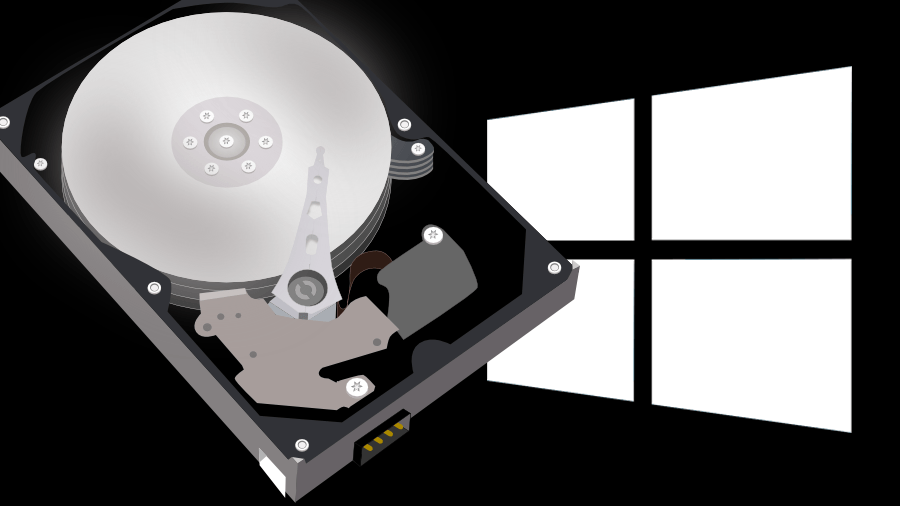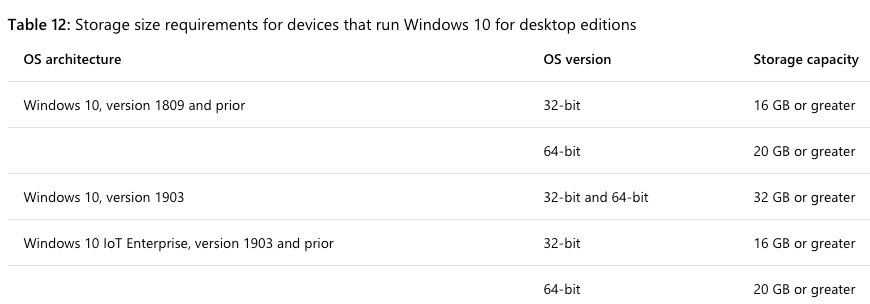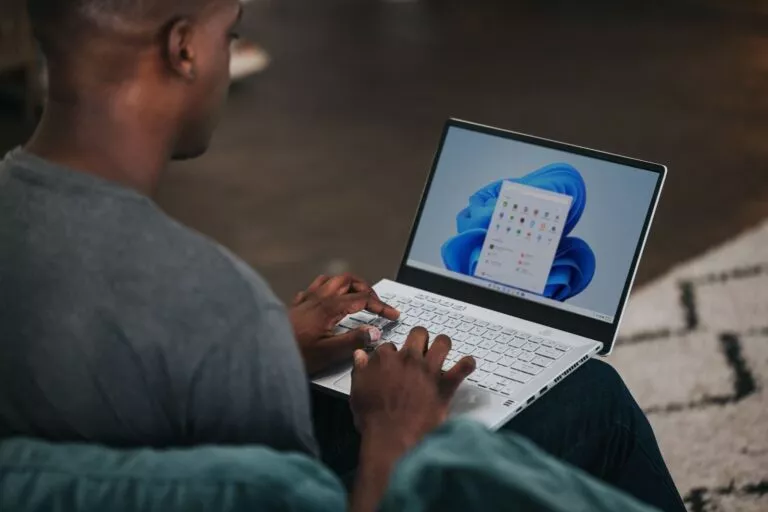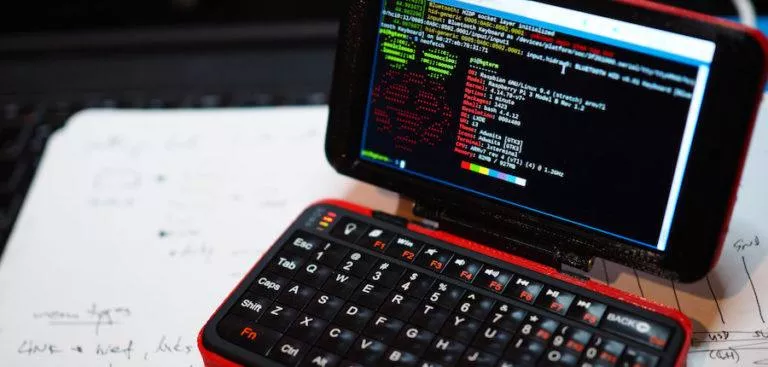Windows 10 Minimum Storage Requirements Increased For The First Time

The software vendors provide a set of minimum hardware requirements to tell the users if they can run the software on their machines. If the software is paid, this information becomes even more critical as nobody wants to go through the hassle of trying to get a refund.
For Windows 10 operating system, Microsoft has kept the minimum system requirements the same for all the major updates, including the Anniversary Update, October 2018 Update, and more. However, for the first time, Redmond has updated its minimum hardware requirements page ahead of the upcoming Windows 10 May 2019 Update aka Version 1903.
The new changes are mainly affecting the minimum required storage for the installation. Windows 10 currently needs 16GB of space for the 32-bit version and 20GB of space for the 64-bit version. Now bumping up both the numbers, Microsoft has demanded 32GB of free storage for both the 16-bit and 32-bit versions.

What’s the need for new storage requirements?
These new requirements can be easily attributed to an already public “feature” coming up with the May Update. Microsoft now plans to reserve 7GB of extra storage space for Windows Update, cache, and other temporary files. This extra space will be beneficial in the future and will help Windows avoid issues like update failure due to insufficient space.
You can find this increased hardware requirement both beneficial and troublesome — it depends on your current hardware. If you have lots of spare storage space lying around in your machine, this change should benefit you. Users have often demanded that Microsoft should increase the storage requirements as it helps run the system smoothly. However, it’s understandable that Microsoft tries to keep it to a minimum to make as many devices as possible eligible for the update.
On the other hand, if you’re running an outdated system with low-storage or an SSD with lesser space, the extra GBs could turn out to be a headache.
In a related development, just yesterday we told you about a weird issue with the May Update that won’t let you install the update if you have some removable media like a USB drive or SD card connected to your system. Microsoft has shared a workaround for the same and promised to fix the issue in an upcoming servicing update.
Also Read: MS Paint Won’t Die: It Will Continue To Be A Part Of Windows 10






